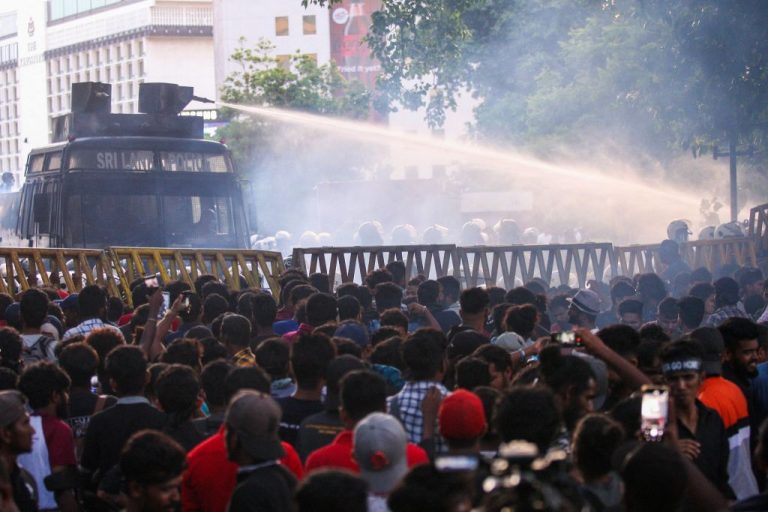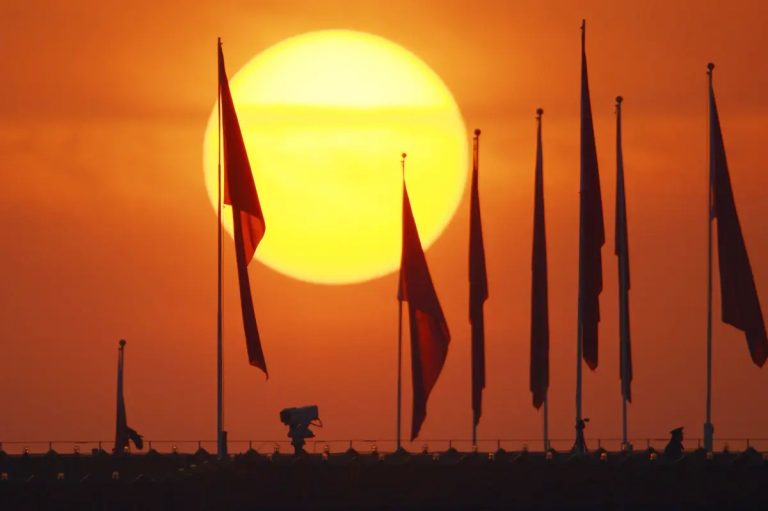A study of 12 countries by the Associated Press shows the consequences of those governments taking on hundreds of billions in loans from the People’s Republic of China (PRC), with the communist regime being quick to lend but unwilling to forgive.
The countries AP looked at in its May 18 (Thursday) report include Pakistan, Indonesia, Sri Lanka, Laos, and Mongolia, which are in Asia; Ethiopia, Kenya, Zambia, Chad, and Uganda, which are in Africa; as well as Ecuador and Honduras, both in Latin America.
According to AP, the debts these countries owe to Beijing are eating up tax revenues to the extent that it’s impacting the governments’ ability to provide basic services services, such as schooling or electricity.
The PRC tends not to forgive the debts other countries owe it, nor work with those governments to keep them afloat.
In Pakistan, which is a quasi-ally of China, textile workers are being laid off because the government can’t afford to produce the electricity needed to keep their factories running. The Pakistani government has exhausted over 50 percent of its foreign currency reserves — which are needed to buy fuel, food, and other essentials from abroad — on paying back the interest on its foreign debts, much of which is held by the PRC.
Success
You are now signed up for our newsletter
Success
Check your email to complete sign up
Despite having good relations with the U.S. and participating in an international effort to boycott Russian oil, Pakistan in April reneged on the pact to strike a deal with the Kremlin for discounted oil to prevent blackouts.
Pakistan, like many other developing countries, had taken out loans with China to build infrastructure, such as hydroelectric dams, as part of the PRC’s Belt and Road investment scheme. The BRI is widely regarded as a method used by the Chinese Communist Party (CCP) to offload excessive production capacity outside China, which itself suffers a massive real estate bubble.
Sri Lanka, the economically embattled island nation off the southeast coast of India, is already in default, unable to pay even the interest on its Chinese loans. The AP report noted that half a million industrial workers lost their jobs, and that in July last year, riots forced Sri Lankan President Mahinja Rajapaksa from his palace in Colombo.
Rajapaksa became a lightening rod for the anger over Sri Lanka’s deals with the PRC that left the country financially crippled. During the riots, Rajapaksa fled the country.
Writing in the AP report, author Bernard Condon notes that “experts who have studied the issue in detail have sided with Beijing” on the regime’s claims that it does not entrap countries intentionally.
But the results of the lending, which Condon writes “has come from dozens of banks on the mainland” and are “far too haphazard and sloppy to be coordinated from the top,” are no less concerning than if it was all a plot by Beijing.
“They’re kind of making it up as they go along. There is no master plan,” said Brad Parks, executive director of research group AidData, in statements made to AP. His lab, part of Virginia’s William & Mary university, assisted AP in its anaylsis of “thousands of secret Chinese loans.”
Teal Emery, a former sovereign loan analyst who now runs consulting group Teal Insights, added to Parks’ observations, telling AP that “there is no single person in charge” of the CCP’s rash lending schemes.
















